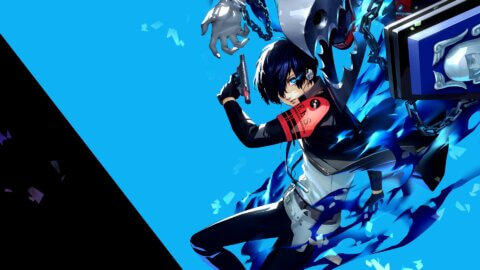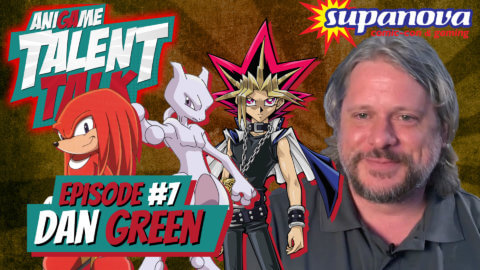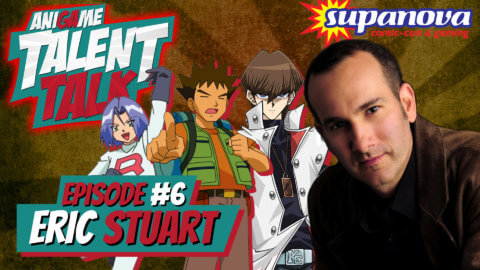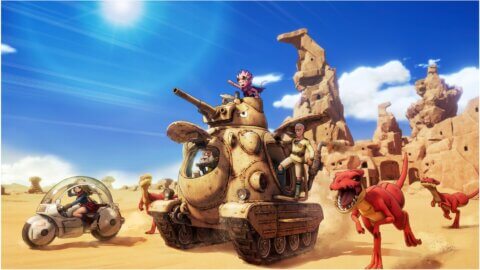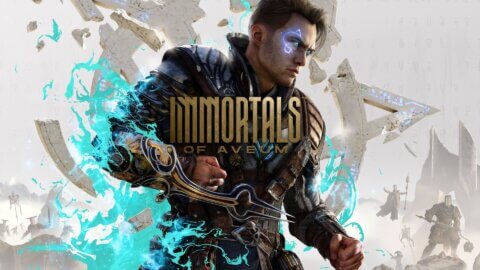If you grew up as a 90’s kid like me, there’s a good chance that you spent some of your mornings waking up early to catch the Digimon series. It was a pre-school ritual for me and got me out of bed early even on the weekends. The Digimon series was initially stamped as a Pokemon clone. While there are definitely similarities between both series, it was the third series of Digimon, titled Tamers that really cemented Digimon as a must watch series. Containing some great writing, interesting multi-episode narrative arcs and a darker, more grounded tone it’s hard to argue that it’s not the best Digimon series that currently exists.

In the world of Digimon Tamers, the events of the first two seasons never occurred but are actually a tv show and collectible card game enjoyed by the kids. This always made the show feel special because that made it set in the ‘real world’ as we also experience Digimon in the same ways and with the main events of the series occurring in Tokyo and not in a parallel digital world it paved the way for a more grounded story, introducing a change of tone compared to the first two seasons.

New Kids, New Digimon
Tamers follows new protagonist Takato, a pretty ordinary young kid. He goes to school, plays cards after school with his friends, oh and he is the owner of a red dinosaur Digimon with the mentality of a young child known as Guilmon. Scared that Guilmon would be taken away, Takato spends his time outside of school finding ways to hide Guilmon from his parents and the public eye. He eventually crosses paths with fellow tamers Rika and Henry and their companions Renamon and Terriermon. Each of the Tamers have their own views on how Digimon should be treated and used for. But after other sinister Digimon start appearing in their town, they must put their differences aside, work together to fend off the new coming threats.
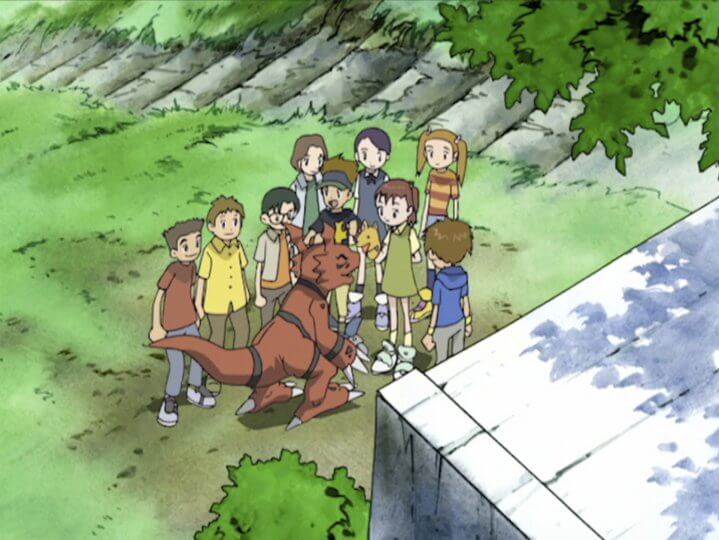
The series release available in Australia from Madman Entertainment contains all 51 episodes over 8 discs. The set contains only the English dub track on all episodes. While some purists may only like to watch the original Japanese version, the dubbing work done for Tamers is top notch. The scripts are really well written for what some would classify as a ‘kids show’. Many of the cast also have ADR and script writing credits on episodes, and a large number of the voice actors involved in Tamers, such as Steven Blum and Derek Stephen Prince have since gone on to become some of the most recognisable actors in the anime industry.
Beautiful Animation, For The Most Part
Despite coming out 15 years ago, Tamers has consistently great animation even by today’s standards. It upholds the quality over the whole 51 episode series, which is rare to see in most longer running shows. The character designs, both for the human and Digimon characters are quite varied and interesting to the eye. As with many longer running anime released in this era there is a decent amount of footage that gets recycled. Sometimes it’s character attack frames that are repeated throughout the same episode or the Digi-Modify and Evolution clips that are re-used for the whole 51 episodes. Not too dissimilar to the famous Sailor Moon transformation scenes.

One highlight that I loved seeing over and over again, and was glad that it featured in the opening credits were the evolution scenes of the main three Digimon to their champion forms. Beautifully hand animated, with the flesh tearing away revealing a digital-like matrix underneath before morphing into their next form is silky smooth and gorgeous to witness. Completely the opposite to that are the scenes evolving to their mega forms where they decided to forgo the beautiful hand animation for some really bad, bloated, overly shiny 3D models. It was a shame to see and really doesn’t hold up with what we expect from CG animation these days.
A More Mature Tone For The Series
Digimon Tamers was written by Chiaki Konaka, known for writing horror-drama series such as Serial Experiments Lain. And I love that he has bought a bit of that approach into Tamers. While yes this is very much a show targeted at children, it will appeal to people of any age because of it’s mature writing style and touched on themes not explored in prior Digimon series. Tamers deals with the children facing inner struggles, putting themselves and their companion Digimon in danger, and even deals with death. We’re not talking a Dragon Ball style death featured in many children’s shows either, these characters don’t get revived and come back. Konaka has said in the past (when talking about Tamers) that he believed death should not be treated lightly in a show for kids especially considering how the main characters are constantly risking their lives. This tonal shift and mature aspects make it my favourite Digimon series.

Final Thoughts
With it’s great cast of characters, dub cast made up of some of the industries best and a new tonal shift resulting in a more grounded story, Digimon Tamers has cemented it’s place as the best Digimon series released so far. It has high quality animation even though it was released over 15 years ago, although it is let down by some bad CG in certain scenes. If you were a fan of the Digimon series growing up and looking for a great dose of nostalgia, you can’t look past Digimon Tamers.
If you want to experience Digimon Tamers you can grab a copy from Madman Entertainment or stream the series on AnimeLab.
A DVD review copy was provided by Madman Entertainment for the purpose of this review.
All images ©Akiyoshi Hongo, Toei Animation Film ©2001 Toei Animation Co., Ltd.
If you want to see more content like this and never miss one of our frequent gaming and anime giveaways come and Follow Ani-Game on Twitter.
8.5
- + More mature grounded story
- + Likable/ relateable characters
- + Great animation
- - Some pretty bad CG work used in some evolution scenes

